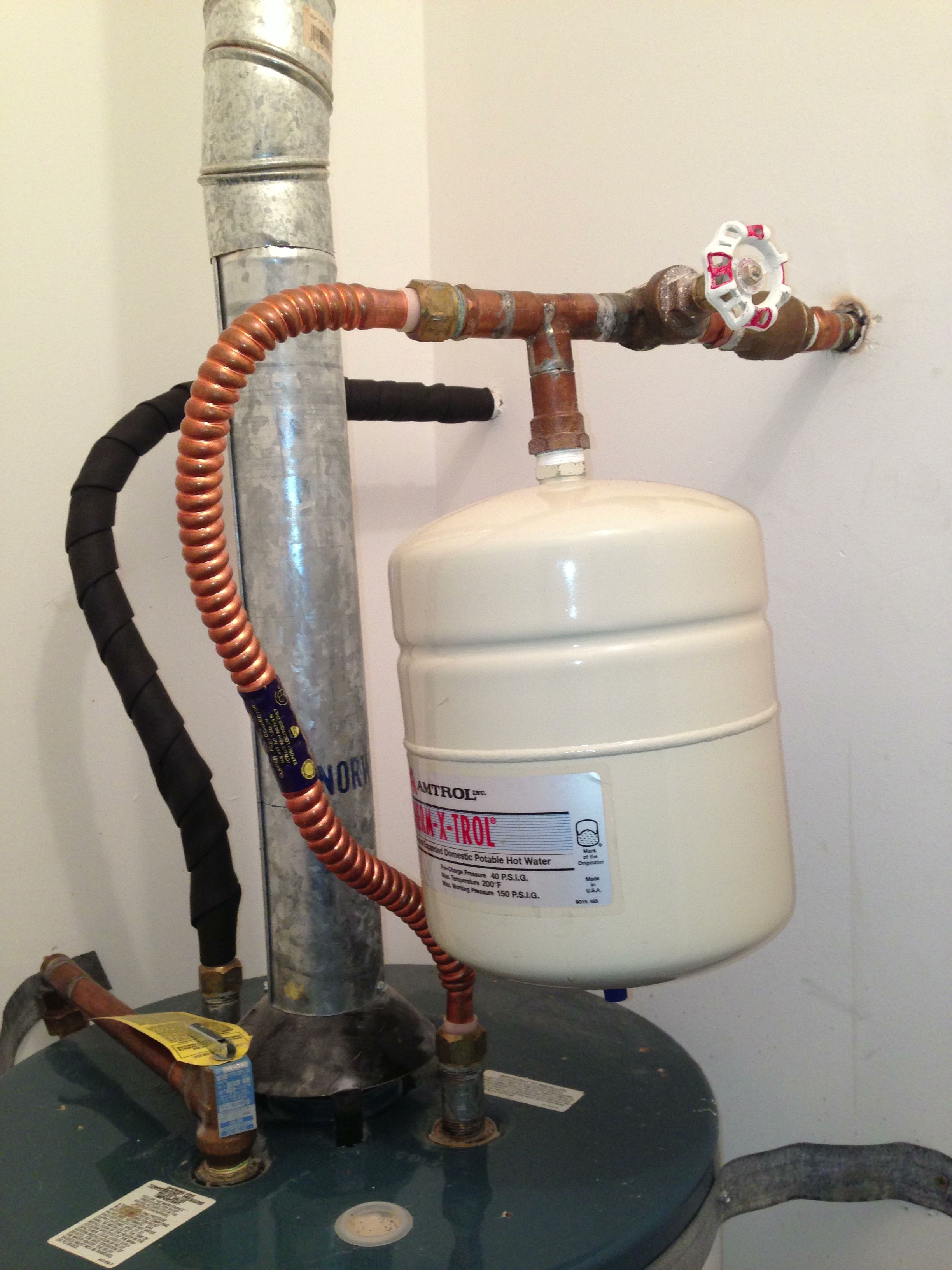Get interesting information about What Is An Expansion Tank For A Hot Water Heater, this article is specially curated for you from various reliable sources.
Imagine your morning routine going awry because your hot water heater has burst overnight. The thought of cold showers and delayed laundry is enough to send shivers down anyone’s spine. But what if there was a simple solution to prevent this nightmare from becoming a reality? Enter the expansion tank for a hot water heater, an unsung hero in the plumbing world that can save you from countless inconveniences.

What Is An Expansion Tank For A Hot Water Heater
An expansion tank, also known as a thermal expansion tank, plays a crucial role in ensuring the longevity and efficiency of your hot water heater. It’s a small, tank-like device connected to the cold water supply line of your heater, designed to accommodate the inevitable expansion of water when heated.
The Importance of Thermal Expansion
Understanding Thermal Expansion
As water heats, it expands in volume. This increase in volume can create excessive pressure within the closed system of your hot water heater, potentially leading to damage or even a catastrophic burst. The expansion tank serves as a buffer zone, absorbing the excess water created by thermal expansion and preventing dangerous pressure buildup.
Consequences of Neglecting Thermal Expansion
Failing to address thermal expansion can have dire consequences for your hot water heater. Excessive pressure can strain the tank, causing premature failure, leaks, or even an explosion. It can also lead to reduced hot water capacity and uneven water temperatures, compromising your comfort and convenience.
Types of Expansion Tanks
Expansion tanks come in various types, each designed for specific applications:
- Closed Expansion Tanks: These tanks are sealed and pre-charged with air or nitrogen, utilizing a diaphragm to separate the water from the gas. As water enters the tank, it compresses the gas, providing the necessary pressure to offset thermal expansion.
- Open Expansion Tanks: Unlike closed tanks, open expansion tanks are not pressurized. They are typically installed in attics or other open spaces and allow excess water to overflow into the tank, which is then vented to the outside.
Proper Maintenance and Inspection
Ensuring the proper functioning of your expansion tank is essential for its longevity and effectiveness. Regular maintenance and inspection are crucial:
– Check the Pressure: The air or nitrogen pressure in closed expansion tanks should be checked annually and adjusted if necessary. Proper pressure ensures optimal performance and prevents waterlogging.
– Inspect the Diaphragm: In closed expansion tanks, the diaphragm is responsible for separating water from gas. Periodically inspect it for signs of damage or deterioration. A compromised diaphragm can lead to waterlogging and tank failure.
– Drain and Flush: Open expansion tanks should be drained and flushed occasionally to remove sediment and debris that may accumulate over time. This helps prevent clogging and ensures proper tank operation.
Tips and Expert Advice
- Choose the Right Size: An undersized expansion tank may not adequately compensate for thermal expansion, while an oversized tank can lead to waterlogging and reduced hot water capacity.
- Insulate the Tank: Insulating the expansion tank helps maintain water temperature and reduces heat loss, improving energy efficiency.
- Install a Pressure Relief Valve: In case of extreme pressure buildup, a pressure relief valve releases excess water to prevent tank damage.
- Consider a Hybrid Water Heater: Some modern water heaters incorporate a built-in expansion tank, eliminating the need for a separate unit.
Frequently Asked Questions (FAQ)
Q: Why does my expansion tank always overflow?
A: A consistently overflowing expansion tank indicates excessive water pressure in the system. This can be caused by a faulty pressure relief valve, a compromised diaphragm in a closed expansion tank, or an improperly sized tank.
Q: What is waterlogging in an expansion tank?
A: Waterlogging occurs when the diaphragm in a closed expansion tank fails, allowing water to mix with the pressurized air or nitrogen. This reduces the tank’s ability to absorb thermal expansion and can lead to pressure buildup.
Conclusion
An expansion tank is a vital component of your hot water heater system, ensuring safe and efficient operation. By understanding its function, keeping it well-maintained, and following expert advice, you can prevent costly repairs, extend the life of your water heater, and enjoy a consistent supply of hot water for years to come.
Are you interested in learning more about expansion tanks and their role in hot water heater systems? Explore additional resources and connect with experts to gain further insights and troubleshoot any issues you may encounter along the way.
What Is An Expansion Tank For A Hot Water Heater

Image: gharpedia.com
We express our gratitude for your visit to our site and for taking the time to read What Is An Expansion Tank For A Hot Water Heater. We hope this article is beneficial for you.